Rhiannon Goulding shares her family’s story of expanding via fostering and adoption
I had always known I wanted to foster or adopt – right from when I was still at school. As soon as I became aware of how many children needed a foster family, I wanted to be able to give someone a home.
At first things didn’t work out like that: I married someone who had two girls of his own, and then we had two more girls together. We were already a blended family. But then one day we went to the cinema, and on the back of the cinema ticket was an advert for fostering. I rang them on the Friday, and was invited to a training day on the Monday!
Being faced with the challenges
That event was eye-opening. I realised that many people came to fostering with unrealistic expectations – there was one woman who already had three boys, and wanted a girl just so she could style her hair! The leader was clearly trying to explain some of the challenges involved, and she painted quite a dark picture.
“These children are not like yours,” she said. “Your children have been loved and cared for. As babies, when they cried, you picked them up and fed or changed or cuddled them, so they grew up feeling secure.” As she described the ways we had all cared for our children, reading to them, playing with them, teaching them, she built a wall of blocks on the table in front of her. “This is what your children have: a good foundation.”
Then she started taking blocks away. “Some of these children haven’t been talked to, so they haven’t learned to speak much.” That left a gap in the wall. “They haven’t been fed, so they haven’t grown properly.” Another gap. “No one came when they cried, so they have no security. No one cuddled them, so they don’t know how to handle affection.” More gaps.
It was a pretty shaky wall by the end. This is what you get when you take on a child for fostering or adoption.
Afterwards we were deeply depressed. We’d heard some scary stories, and we sat in the car and felt all our excitement drain away. Then my husband Pete turned to me and said: “Look, if you still want to do this, I’ll support you 100 per cent. I know it’ll be hard, but I know this: however many gaps there are, God can fill them. Even if we do our best for a child, and it’s still not enough, it will still be better than doing nothing.”
So we went on, through the assessment process, and we were approved as foster parents. We got a call to say there were two girls needing a home, and excitedly I said yes, we could take them. I then went out for the afternoon. By the time I got home, there had been an emergency change of plan, and I found that Pete had said yes to taking two boys! For the first 48 hours those boys lived in a room full of pink – cuddly toys, dressing gowns, slippers – everything, till I could get to the shops!
Learning to love – and to adapt
This is not a fairytale. It was hard. I sat for hours with a boy who was crying because he was missing his biological mum. And yet I knew, from the moment I saw them, that I loved these children like I loved my own. Pete took a bit longer. He loved them, but they still felt like “someone else’s kids” to him.
And then, one day, he took them to their swimming lesson. They were trying for a 50-metre badge, but one of them was struggling. Early years of poor nutrition meant that his muscles were weak, and he was trying hard, but not making much headway. Pete found himself calling out: “Come on, my lad!” And in that moment, he said: “I knew he was my son.”
It was as if God had said: “If you show up for the hard stuff, the routine stuff, the day-to-day care, I’ll show up with the love in your heart.”
In spite of that initial deflating training session, I think that for a while we still believed that if we took these boys home and treated them like our own, it would all be OK. But the core message had been something different: these children are missing those foundation blocks, and so your way of parenting has to change and adapt.
For instance, with our girls, we had the policy that we just ignored naughty behaviour. That didn’t work with the boys: they were only too used to being ignored, so they didn’t even notice that we weren’t paying attention. Instead, we had to work on getting them accustomed to being on the receiving end of praise and affection.
Nowadays there’s a lot of information available about therapeutic parenting – for foster children, this looks at adverse childhood experiences and develops approaches for managing trauma.
Support from church family
Just imagine how much difference we could make if every church had one fostering or adopting family! But it’s not that simple, of course. Not everyone has the resources to do it. What every church can do, however, is support the families who do foster or adopt. Here are just some of the things we received from our church family:
Someone gave us all their pre-loved toys.
One person registered with the local authority so she could offer short respite care – she took the boys out for tea one night a week so we could help our girls adapt to the huge change in our family.
Someone regularly gave us money for a family meal out, so I didn’t have to cook one night a week.
One person used to text me, to say: “I’m praying for you right now.”
Your way of parenting has to change and adapt
The Church has lots in common with a fostering family. We’ve all got our own gaps, from trauma, parenting or loss, for example. People come in who are ‘not like me’, but are our brothers and sisters in Christ, and soon become part of the church family. “God sent his Son…that we might receive adoption to sonship…and since you are his child, God has made you also an heir” (Galatians 4:4-7).
We have had our ups and downs, but I wouldn’t change our life: it’s still been a great journey. I can honestly say that whenever we have opened our doors to others (to our boys, to various relations, to a Ukrainian family) we have never regretted it. They have all brought us love, and helped us to understand God’s love. There’s always room for one more.




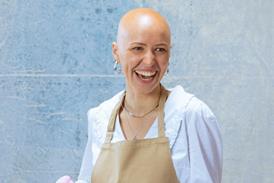
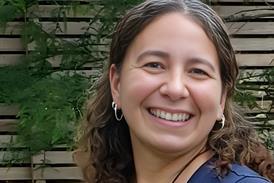
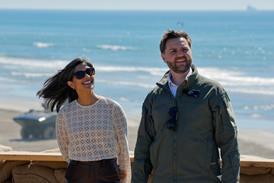




















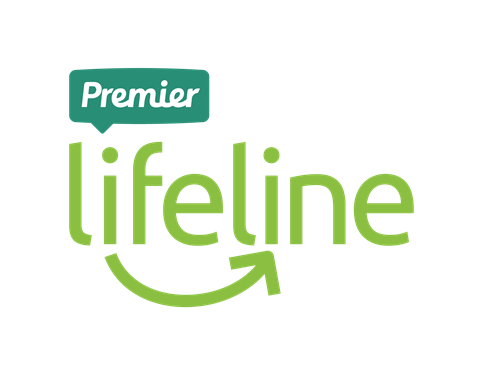





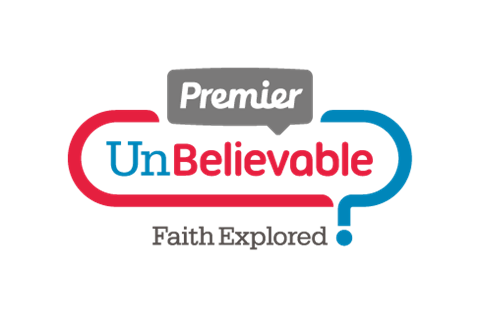
No comments yet